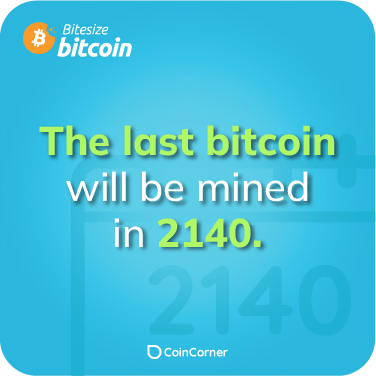When will the last bitcoin be mined?

The issuance of new Bitcoins is governed by a set of rules programmed into the Bitcoin protocol, which includes a process known as "halving." This process is responsible for gradually reducing the rate at which new Bitcoins are created, and it ultimately leads to the prediction that the last Bitcoin will be mined around the year 2140. Here's a closer look at this important aspect of Bitcoin's supply model:
1. Halving Events:
Halving events are programmed into the Bitcoin protocol and occur approximately every four years, or after every 210,000 blocks. During a halving, the number of new Bitcoins issued to miners as block rewards is halved, meaning they receive half as many Bitcoins for the same amount of mining work.2. Diminishing Supply Rate:
Halving events have the effect of diminishing the rate at which new Bitcoins are created. In the early days of Bitcoin (prior to the first halving in 2012), miners received 50 Bitcoins as a block reward. After the first halving, this was reduced to 25 Bitcoins, and after the second halving in 2016, it became 12.5 Bitcoins. Subsequent halvings, including the most recent one in May 2020, reduced the block reward to 6.25 Bitcoins.3. Fixed Supply Cap:
Bitcoin's protocol has set a fixed supply cap at 21 million Bitcoins. This means that, over time, the issuance of new Bitcoins continues to decrease, and there will never be more than 21 million Bitcoins in existence.4. Last Bitcoin Mined:
Given the halving schedule and the diminishing block rewards, it is estimated that the last Bitcoin will be mined in or around the year 2140. At that point, the block reward will be so small that it will effectively reach zero. Miners will continue to verify and add transactions to the blockchain, but they will rely solely on transaction fees for their compensation.5. Predictable Supply:
The predictability of Bitcoin's supply schedule is a fundamental feature that sets it apart from traditional fiat currencies, which can be printed in unlimited quantities. This predictability enhances Bitcoin's appeal as a store of value and digital gold.6. Security and Incentives:
The halving process serves the dual purpose of gradually reducing inflation and ensuring the network's security. It provides miners with an incentive to continue validating transactions and securing the network by earning both block rewards and transaction fees.Share this fact:





